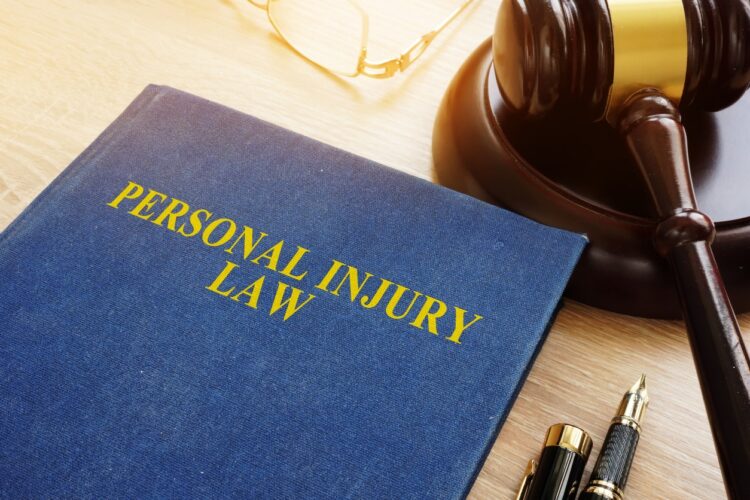Dealing with an injury or employment law violation can feel overwhelming. You need to know what steps to take next. Proper documentation is your first move. Keep records of everything. This includes photos, witness statements, and medical reports. Next, report the issue promptly to your employer or HR department. Delays can hurt your case. Stay calm and clear when you describe the situation. If you need guidance, consider consulting Bellefontaine attorneys. They have experience in these matters. Keep communication professional, and don’t share details with co-workers. Your focus should be on resolving the issue with integrity. By documenting and reporting correctly, you protect your rights and support a fair process. Remember, you are not alone. Help is available, and knowing how to act can make a big difference. Stay informed and take action with confidence. A step-by-step approach can ease your mind and improve your outcome.
Steps to Document an Injury
Documenting an injury starts with gathering evidence. Use the following steps to ensure you have everything covered:
- Take Photos: Capture images of the injury from multiple angles. Include the scene of the incident as well.
- Write Down Details: Note the time, date, and location of the incident. Include details about what happened.
- Gather Witness Statements: Collect contact information and statements from anyone who saw what happened.
- Keep Medical Records: Obtain and keep a copy of all medical evaluations and treatments related to the injury.
Reporting the Incident
After documenting, you must report the incident. Follow these steps:
- Inform Your Employer: Communicate the incident to your manager or HR as soon as possible.
- Use Written Communication: Send an email or letter detailing the incident and attach any documentation.
- Follow Company Procedures: Review your employee handbook for specific reporting guidelines.
- Request a Copy: Ask for a copy of the report and any related documents.
Employment Law Violations
Employment law violations can involve unfair treatment, discrimination, or other breaches of rights. Documenting these requires similar care:
- Collect Evidence: Save emails, messages, or any documentation that supports your claim.
- Keep a Journal: Maintain a detailed log of incidents, including dates, times, and descriptions.
- Identify Witnesses: Note any colleagues who can confirm your claims.
- Understand Your Rights: Familiarize yourself with relevant laws and protections. The U.S. Equal Employment Opportunity Commission is a valuable resource.
Comparison: Injury vs. Employment Violation Documentation
| Aspect | Injury | Employment Law Violation |
|---|---|---|
| Initial Step | Take Photos | Collect Evidence |
| Documentation | Medical Records | Witness Statements |
| Reporting | Inform Employer | File with Appropriate Agency |
| Resource | HR Department | U.S. Department of Labor |
Seeking Professional Assistance
Sometimes, professional help may be necessary. Legal experts can provide guidance and support. If you’re unsure, consult with a reputable attorney who specializes in employment law. They can help navigate complex situations and protect your interests.
Documenting and reporting injuries or violations is crucial. With the right approach, you can ensure a fair outcome. Take each step seriously, and do not hesitate to seek help when needed. You have the right to work in a safe and fair environment. Use these guidelines to stand up for your rights with confidence.







